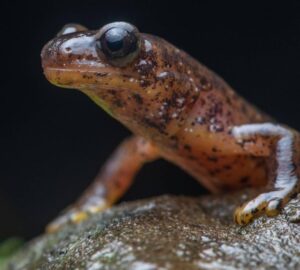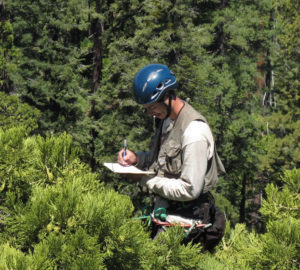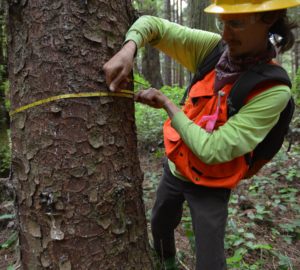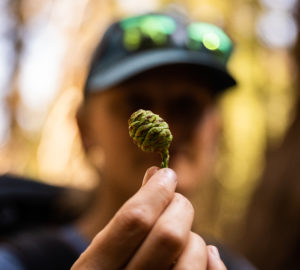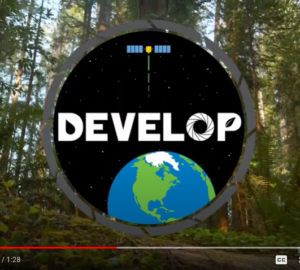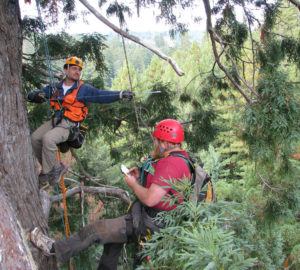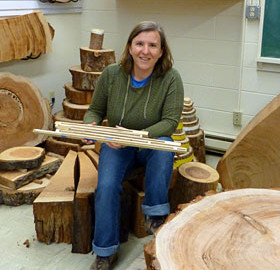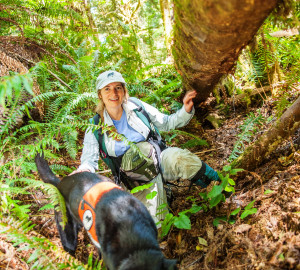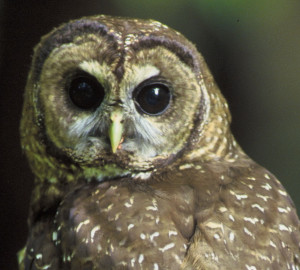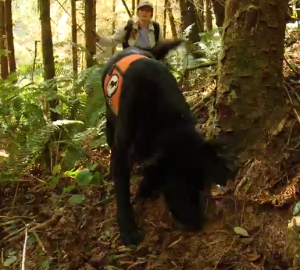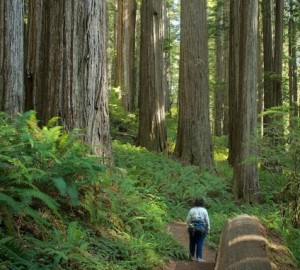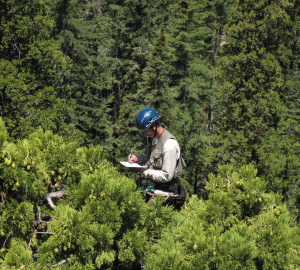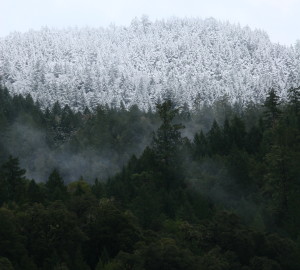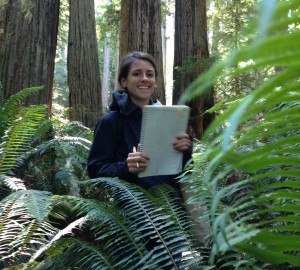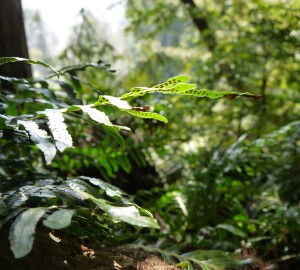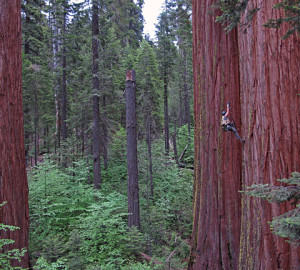New Report Shows Significant Socioeconomic Benefits of Large-scale Restoration Projects in Redwood National and State Parks Region
onA new report, Assessing the Restoration Economy within Redwood National and State Parks, highlights the economic opportunities created by large-scale restoration efforts in Humboldt and Del Norte counties. As the region moves beyond its history of industrial-scale logging, programs like Redwoods Rising and ‘O Rew Redwoods Gateway are driving economic growth through environmental restoration. Led by Save the Redwoods League and California State Parks, these initiatives are bringing revenue, quality jobs, and lasting conservation benefits to Northern California’s redwood country—helping to revitalize an economically disadvantaged area while restoring one of the world’s most iconic ecosystems.

